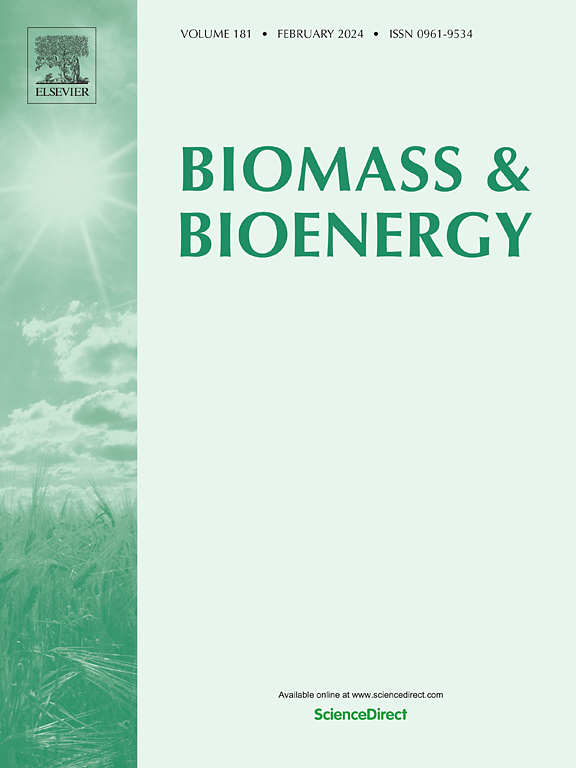Microwave-assisted torrefaction of lignocellulosic biomass: A critical review of its role in sustainable energy
IF 5.8
2区 生物学
Q1 AGRICULTURAL ENGINEERING
引用次数: 0
Abstract
Lignocellulosic biomass is a promising renewable energy source that can help reduce reliance on fossil fuels. However, its raw form presents challenges for practical use. To overcome this, the Microwave-assisted torrefaction (MAT) process has emerged as a successful method for enhancing the quality of biomass and generating energy. This article aims to provide a comprehensive review of recent scientific research on MAT of biomass. It explores torrefaction indices and discusses the impact of key parameters such as biomass composition, temperature, residence time, heating rate, particle size, and microwave power on MAT. The article also addresses potential applications and challenges associated with MAT. Furthermore, it evaluates the hurdles in achieving compatibility, acceptability, and sustainability of the process, along with future directions to realize economic benefits even in small-scale applications. Ultimately, MAT holds promise as an energy-efficient approach to enhance the effectiveness of biomass utilization.

求助全文
约1分钟内获得全文
求助全文
来源期刊

Biomass & Bioenergy
工程技术-能源与燃料
CiteScore
11.50
自引率
3.30%
发文量
258
审稿时长
60 days
期刊介绍:
Biomass & Bioenergy is an international journal publishing original research papers and short communications, review articles and case studies on biological resources, chemical and biological processes, and biomass products for new renewable sources of energy and materials.
The scope of the journal extends to the environmental, management and economic aspects of biomass and bioenergy.
Key areas covered by the journal:
• Biomass: sources, energy crop production processes, genetic improvements, composition. Please note that research on these biomass subjects must be linked directly to bioenergy generation.
• Biological Residues: residues/rests from agricultural production, forestry and plantations (palm, sugar etc), processing industries, and municipal sources (MSW). Papers on the use of biomass residues through innovative processes/technological novelty and/or consideration of feedstock/system sustainability (or unsustainability) are welcomed. However waste treatment processes and pollution control or mitigation which are only tangentially related to bioenergy are not in the scope of the journal, as they are more suited to publications in the environmental arena. Papers that describe conventional waste streams (ie well described in existing literature) that do not empirically address ''new'' added value from the process are not suitable for submission to the journal.
• Bioenergy Processes: fermentations, thermochemical conversions, liquid and gaseous fuels, and petrochemical substitutes
• Bioenergy Utilization: direct combustion, gasification, electricity production, chemical processes, and by-product remediation
• Biomass and the Environment: carbon cycle, the net energy efficiency of bioenergy systems, assessment of sustainability, and biodiversity issues.
 求助内容:
求助内容: 应助结果提醒方式:
应助结果提醒方式:


